Gravy Danger Zone: Can Cats Eat Gravy Safely? (Vet-Reviewed Warning)
- 16 Apr 2025 10:48
The rich aroma of gravy simmering on the stove or poured over a roast dinner is a comforting smell in many households. As the savory scent fills the air, your feline friend might appear, perhaps rubbing against your legs or eyeing your plate with keen interest. It's a tempting thought – "It's made from meat juices, surely a little lick is okay?" This leads many cat owners to ask: can cats eat gravy? Is this common accompaniment a harmless flavor enhancer, or does it conceal significant risks for our obligate carnivore companions?
The answer, unfortunately for curious cats, is overwhelmingly **NO**, especially when referring to typical human gravy. While the base might be meat juices, gravy prepared for human consumption is almost always loaded with ingredients that are unhealthy, inappropriate, or even highly toxic to cats. As **obligate carnivores**, cats have precise dietary needs that gravy fails to meet and can actively undermine. This comprehensive guide, adhering to E-E-A-T standards (Experience, Expertise, Authoritativeness, Trustworthiness) and reviewed for veterinary accuracy, will dissect the components of gravy, explain the serious dangers it poses to cats, and emphasize why it should be kept strictly off the feline menu.
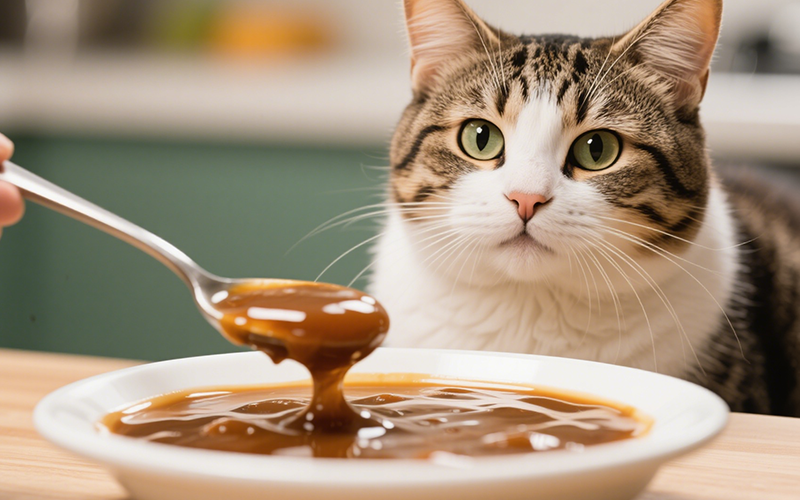
What Exactly is Gravy? Unpacking the Ingredients
To understand the risks, we need to look at how gravy is typically made:
Meat Drippings/Juices:** The rendered fat and juices from cooked meat (beef, poultry, pork, lamb). This is the base flavor but also a source of concentrated fat.
Thickener:** Usually flour (wheat) or cornstarch (cornflour). These are refined carbohydrates.
Liquid:** Often broth (commercial broths frequently contain high sodium and potentially onion/garlic), milk (contains lactose), or water.
Seasonings:** This is where the biggest dangers often lie. Common additions include:
Salt:** Usually added generously for human taste.
Onion Powder/Flakes or Fresh Onion:** Extremely common in savory dishes and HIGHLY TOXIC to cats.
Garlic Powder/Salt or Fresh Garlic:** Also very common and HIGHLY TOXIC to cats.
Pepper, herbs (some potentially irritating), bouillon cubes/powders (high salt, MSG, potentially onion/garlic), gravy browning agents (caramel color, additives).
Fat:** Additional butter or fat might be added for richness.
Even seemingly simple gravy often contains a cocktail of ingredients that are problematic for feline physiology.
Feline Nutrition vs. Gravy: A Fundamental Disconnect
Cats are obligate carnivores, a biological fact that dictates their entire nutritional framework:
Meat is Mandatory:** They require nutrients found only or predominantly in animal tissues – high levels of specific proteins, taurine, arachidonic acid, pre-formed Vitamin A. Gravy, despite its meat-juice base, is nutritionally incomplete and often diluted with inappropriate ingredients.
High Protein Needs:** Gravy is typically low in protein relative to its fat and carbohydrate content (from thickeners).
Carbohydrate Intolerance:** Cats lack efficient enzymes to digest starches (flour, cornstarch). Carbs provide minimal usable energy and can cause digestive upset.
Fat Metabolism:** While needing animal fats, the extremely high, often processed or rendered fat content in gravy can overwhelm their pancreas and digestive system.
EXTREME Sensitivity to Toxins:** Cats are uniquely vulnerable to compounds in onions and garlic (Allium species) due to differences in red blood cell structure and metabolism. They are also highly sensitive to excess sodium.
Feeding gravy ignores these critical biological constraints, introducing ingredients that are difficult to digest, nutritionally void, and potentially poisonous.
The Direct Answer: Why You Should NEVER Feed Human Gravy to Cats
Let's be unequivocal: **Gravy made for human consumption is unsafe and should NEVER be given to cats.** Even a small amount can be dangerous due to the high likelihood of toxic and harmful ingredients.
The primary reasons gravy is bad for cats include:
Onion & Garlic Toxicity:** Presence of these Allium species (fresh, powdered, in broth) is extremely common and highly dangerous, potentially causing life-threatening anemia.
Excessive Sodium (Salt) Content:** Risks salt poisoning (hypernatremia), especially dangerous for cats with kidney or heart issues.
High Fat Content:** Can trigger severe gastrointestinal upset and potentially fatal pancreatitis.
Indigestible Carbohydrates (Thickeners):** Cause GI upset (gas, bloating, diarrhea) and offer empty calories.
Other Harmful Additives:** Spices, MSG, preservatives, artificial flavors are unsuitable.
Dairy (Milk/Cream):** Often added, can cause issues due to lactose intolerance in most adult cats.
Lack of Nutritional Value:** Provides minimal essential nutrients cats need, displacing calories from their balanced diet.
Given this list of hazards, human gravy is firmly off-limits for felines.
Deep Dive into the Gravy Dangers: Ingredient Risks Explained
Understanding the specifics clarifies the danger:
1. Onion & Garlic Toxicity - **CRITICAL, LIFE-THREATENING RISK**
Ubiquitous in Savory Foods:** Onion and garlic (in all forms – fresh, cooked, powdered, dehydrated) are staple flavorings in human gravy and broths.
Mechanism:** Contain sulfur compounds that damage feline red blood cells (oxidative damage), leading to Heinz body formation and hemolytic anemia (destruction of red cells).
Symptoms:** May be delayed for days. Include lethargy, weakness, pale gums, rapid breathing, increased heart rate, reluctance to move, reddish-brown urine, jaundice, collapse.
High Sensitivity:** Cats are much more sensitive than dogs or humans. Even small amounts, especially concentrated powders, can cause poisoning. Chronic exposure is also dangerous.
Hidden Danger:** Often included in "broth," "stock," "natural flavorings," or "spices" on ingredient lists. **Assume ANY savory human gravy contains onion or garlic unless proven otherwise.**
This risk alone is sufficient reason to never feed human gravy to cats.
2. Sodium Toxicity (Hypernatremia) - **SERIOUS DANGER**
High Salt Levels:** Gravy is typically heavily salted for human taste, often using bouillon or salted broths/drippings.
Feline Sensitivity:** Cats cannot handle high sodium loads; it overwhelms their kidneys' ability to maintain balance.
Symptoms:** Excessive thirst/urination, vomiting, diarrhea, lethargy, incoordination (ataxia), muscle tremors, seizures, potential coma/death. Extremely risky for cats with kidney or heart disease.
3. High Fat Content & Pancreatitis - **MAJOR CONCERN**
Source:** Rendered meat drippings, added butter or oil.
GI Upset:** High fat causes vomiting, diarrhea (often greasy), abdominal pain.
Pancreatitis Trigger:** A primary risk factor for acute pancreatitis – severe, painful, potentially fatal inflammation requiring intensive veterinary care.
4. Indigestible Carbohydrates (Flour/Cornstarch)
Poor Digestion:** Cats lack enzymes to efficiently break down these starches.
Result:** Fermentation in the gut leads to gas, bloating, abdominal discomfort, potentially diarrhea. Provides empty calories contributing to obesity.
5. Dairy & Lactose Intolerance
Common Addition:** Milk or cream often used for texture/richness.
Issue:** Most adult cats are lactose intolerant, lacking sufficient lactase enzyme.
Symptoms:** Gas, bloating, diarrhea, stomach cramps.
6. Other Additives
Spices (pepper, etc.) can irritate the GI tract.
MSG or other flavor enhancers are unnecessary and potentially problematic.
Artificial colors/flavors offer no benefit.
What About "Cat Gravy" or Plain Homemade "Gravy"?
This requires careful distinction:
Commercial "Cat Gravy" / Wet Food Toppers:** Products specifically marketed *for cats* as "gravy" or "sauce" toppers are generally formulated to be safe *if* from a reputable brand. They should lack toxic seasonings and have controlled sodium/fat levels. Always check ingredients, but these are usually a safer bet than human gravy.
Homemade "Plain Gravy" (Meat Juices + Water Only):** Can cats eat this?
**Definition:** Truly plain means ONLY the natural juices/drippings from *unseasoned* cooked meat (e.g., plain boiled chicken or roasted turkey with NO salt/onion/garlic/etc. rub) mixed with a little plain water (NO flour/cornstarch).
**Potential Risks Remain:** * **Fat:** Drippings can still be very high in fat, carrying a pancreatitis risk. Skimming excess fat is essential. * **Sodium:** Natural meat juices contain some sodium; concentration can be high in drippings. * **Nutritionally Incomplete:** Still just fat, water, and minimal protein/minerals.
**Recommendation:** While technically safer than seasoned human gravy, even this plain version is very rich and offers little nutritional value. A tiny lick *might* be okay for a healthy cat *very occasionally*, but it's still risky due to fat content and offers no real benefit. Plain cooked meat pieces are better.
It's crucial not to confuse cat-specific gravy products with unsafe human gravy.
"My Cat Licked the Gravy!" - Emergency Action Plan
Accidental ingestion of human gravy requires immediate assessment:
1. Prevent Further Access:** Remove the gravy source immediately.2. Identify Ingredients & Amount:** Was it homemade or store-bought? Do you know the ingredients? **Critically, was onion or garlic present?** How much was ingested? Note the time.3. Contact Your Veterinarian or Emergency Pet Clinic IMMEDIATELY:**
* **If Onion/Garlic Suspected or Known:** Treat as an **EMERGENCY** regardless of amount. Go to the vet ASAP. Inform them of potential Allium toxicity.
* **If High Salt Suspected (e.g., salty commercial gravy) or Large Amount Eaten:** Call vet immediately due to salt toxicity/pancreatitis risk.
* **If Tiny Lick of Known PLAIN Homemade Gravy (No Onion/Garlic/Salt/Fat Added):** Call vet for advice. Monitoring at home *might* be possible, but professional guidance is best due to fat/richness.
4. Do NOT Induce Vomiting:** Unless explicitly instructed by a vet.
5. Follow Veterinary Instructions:** Treatment depends heavily on potential toxins (onion/garlic require specific protocols like decontamination, monitoring blood work, supportive care) and symptoms (fluids for dehydration, pain relief/anti-nausea meds for pancreatitis/GI upset). Due to the high likelihood of toxic ingredients, **always err on the side of caution and contact your vet immediately after known ingestion of human gravy.** Monitor extremely closely for: **Onion/Garlic Toxicity (May be delayed 1-5 days):** Lethargy, weakness, pale gums, rapid breathing, red/brown urine, collapse. **Salt Toxicity:** Excessive thirst/urination, vomiting, diarrhea, lethargy, tremors, seizures, ataxia. **Pancreatitis/GI Upset (Fat/Richness):** Persistent vomiting, severe abdominal pain (hunched), lethargy, diarrhea (greasy), fever, loss of appetite. Any of these signs warrant immediate veterinary attention. Forget risky human gravy. Enhance your cat's meal safely with: A Splash of Plain Water or Low-Sodium, Onion/Garlic-Free Broth:** Adds moisture and some flavor. Juice from Canned Fish (in water, no salt added):** A small amount of tuna or salmon water is usually very appealing. Commercial Cat Food Toppers/Gravies:** Specifically formulated for feline safety and nutrition. Mixing Wet and Dry Food:** Adds moisture and often enhances palatability. Small Amount of Plain Cooked Meat:** Shredded chicken mixed in can entice picky eaters. Veterinarians and veterinary toxicologists are unanimous in their warning against feeding human gravy to cats. Key points include: The extremely high probability of containing **toxic onion and/or garlic**. Dangerously **high sodium levels**. High **fat content risking pancreatitis** and severe GI upset. Presence of **indigestible carbohydrates** and unsuitable additives. Complete **lack of appropriate feline nutrition**. The professional verdict is clear: human gravy offers potentially lethal risks with zero benefits for cats. Understanding the potential toxicity of common human foods like gravy is essential for preventing emergencies. If your cat accidentally ingests something harmful or shows sudden, severe symptoms, getting quick guidance is critical while you contact your veterinarian – your primary resource for diagnosis and life-saving treatment. The PettureX App provides helpful tools for concerned pet parents: 24/7 AI Vet Consultation: Get immediate AI-powered answers to urgent questions like "Is gravy with onion powder deadly to cats?" or guidance on assessing symptoms like pale gums or persistent vomiting. Image Recognition Technology: Useful for breed identification or assessing visible health concerns. AI-Powered Symptom Checker: Input your cat's symptoms for an AI analysis of potential causes, including poisoning, pancreatitis, or severe GI upset, facilitating effective communication with your vet or emergency clinic. Comprehensive Pet Health Database: Quickly access information on toxic foods, common feline emergencies, symptoms requiring immediate action, and preventive care. PettureX serves as a valuable digital assistant, offering convenient AI-driven support and information to complement the crucial, personalized care provided by your veterinarian, especially during potential crises. In conclusion, the answer to "can cats eat gravy?" is a definitive **NO** when referring to typical human gravy. This common condiment is a hazardous concoction for cats, primarily due to the extremely high likelihood of containing toxic ingredients like onion and garlic, excessive sodium levels, and high fat content risking pancreatitis. Even plain homemade "gravy" from meat drippings carries risks from fat and natural sodium. While commercial cat-specific gravy toppers are generally safe, human gravy offers no nutritional benefits and significant potential for harm, ranging from severe digestive upset to life-threatening toxicity or pancreatitis. Protect your feline companion by ensuring they never have access to human gravy. Dispose of leftovers safely and securely. Choose safe, species-appropriate ways to add moisture or flavor to their food if desired, like plain water, low-sodium broth (verified free of onion/garlic), or small amounts of plain cooked meat. Prioritizing their unique needs as obligate carnivores is essential for their health and safety.Recognizing Symptoms After Gravy Ingestion
Safer Ways to Add Flavor & Moisture to Your Cat's Food
Veterinary Consensus: Human Gravy is Hazardous Waste for Cats
Summary Table: Cats and Gravy Safety
Aspect Safety Information & Recommendations Can Cats Eat Gravy (Human)? **NO.** Unsafe and potentially toxic due to seasonings, salt, and fat. Avoid completely. CRITICAL Dangers **Onion/Garlic Toxicity (Anemia)**, **Salt Toxicity (Hypernatremia)**, **Pancreatitis** (High Fat). Other Risks GI Upset (Fat/Carbs/Dairy), Harmful Additives, Lack of Nutrition, Obesity Risk. Harmful Ingredients Onions, Garlic, Salt, High Fat (Drippings/Butter), Flour/Cornstarch, Milk, Spices, Broth (often contains onion/garlic/salt). Plain Homemade "Gravy" (Meat Juice + Water ONLY) Still risky (high fat, some sodium). Not recommended, but far less dangerous than seasoned gravy. Tiny lick *might* be okay rarely. Commercial Cat Gravy/Toppers Generally safe if from reputable brands and formulated for cats. Check ingredients. Use as directed. Nutritional Value (Human Gravy) None for cats. Harmful ingredients displace essential nutrients. Action if Eaten Identify ingredients. **Onion/Garlic/Large Amount/High Salt -> IMMEDIATE VET/EMERGENCY.** Call vet even for small amounts. Recommendation **Strictly AVOID feeding human gravy.** Keep it securely away from cats. Use safe, species-appropriate alternatives. Need Urgent Pet Food Safety Info? PettureX Offers Support!
Conclusion: Gravy Stays on the Human Plate - Keep Cats Safe
Related

Frankly Dangerous: Can Cats Eat Hot Dogs? Vet Explains the Serious Risks
- 16 Apr 2025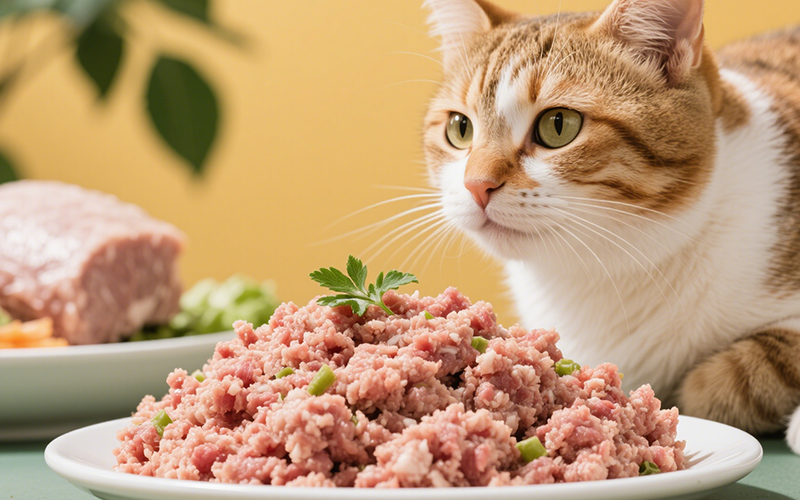
A Purrfect Protein? Can Cats Eat Ground Turkey Safely? (Vet-Reviewed Guide)
- 16 Apr 2025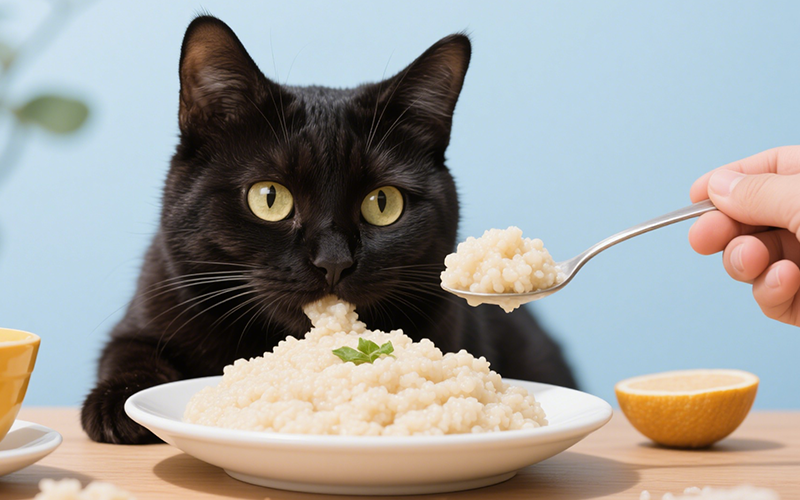
Gritty Situation: Can Cats Eat Grits Safely? Vet Explains the Risks
- 16 Apr 2025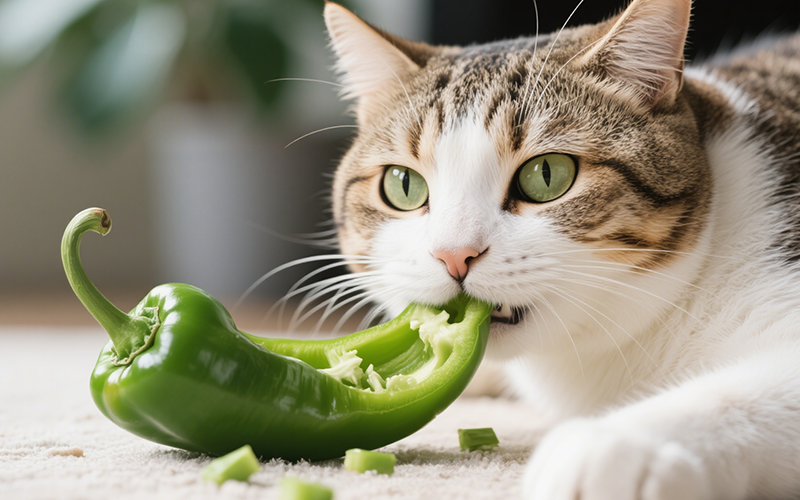
Crunchy Query: Can Cats Eat Green Peppers? A Vet-Reviewed Safety Analysis
- 16 Apr 2025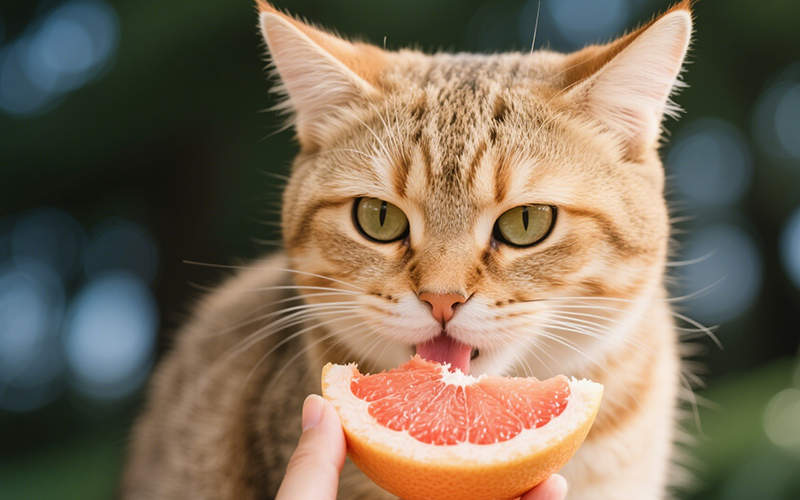
Toxic Temptation: Can Cats Eat Grapefruit? Vet Explains the Dangers
- 16 Apr 2025
Emergency Meal or Major Mistake? Can Cats Eat Dog Food For A Couple Days? (Vet Guide)
- 16 Apr 2025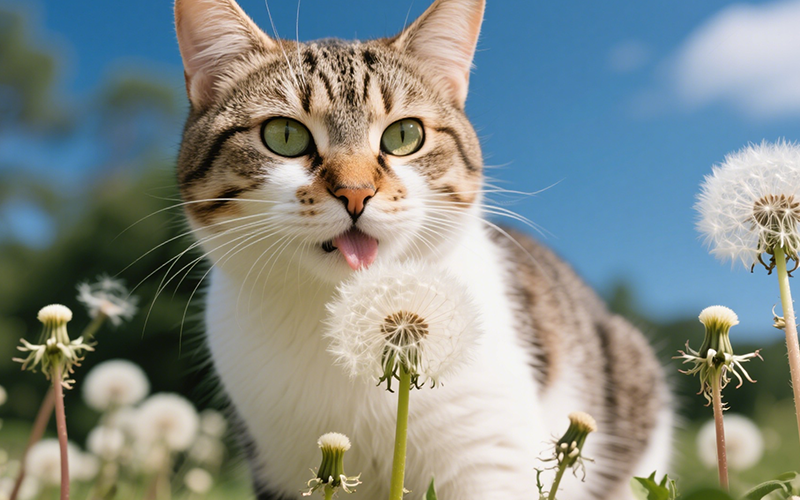
Dandelions & Felines: Can Cats Eat These Common Weeds Safely? Vet Explains
- 16 Apr 2025
Flaky Danger: Can Cats Eat Croissants Safely? Vet Explains the Buttery Risks
- 16 Apr 2025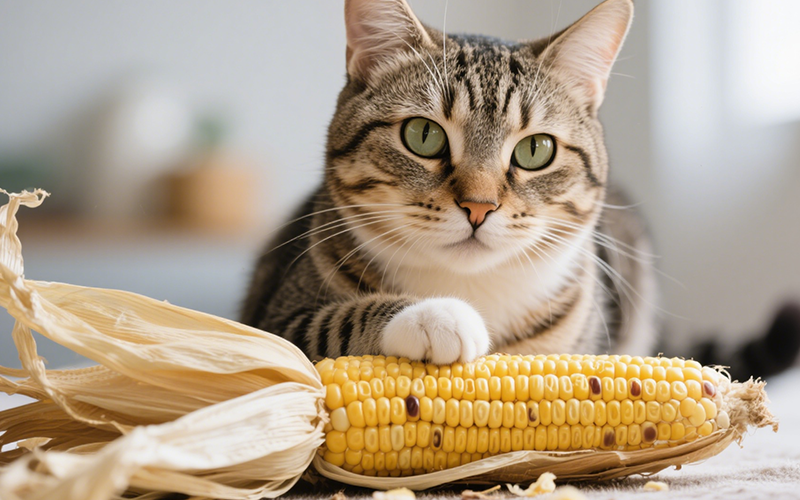
Hazard Alert: Can Cats Eat Corn Husks? Vet Explains Dangers of This Fibrous Material
- 16 Apr 2025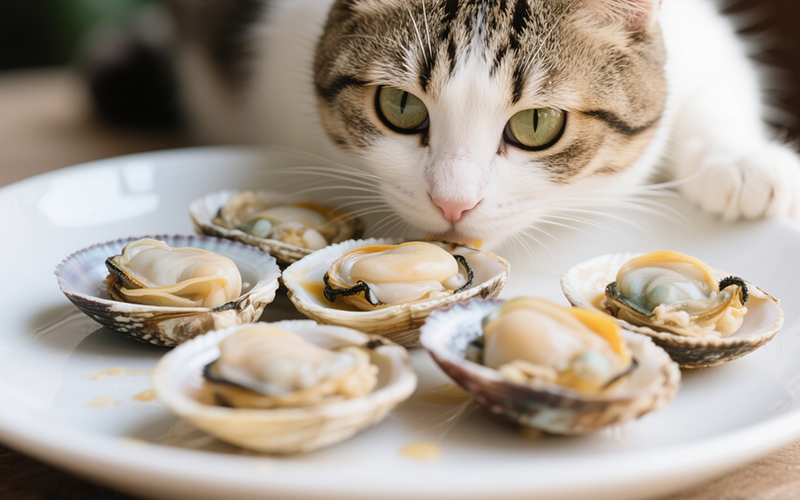
Seafood Surprise: Can Cats Eat Clams Safely? (Vet-Reviewed Risks & Guide)
- 15 Apr 2025
